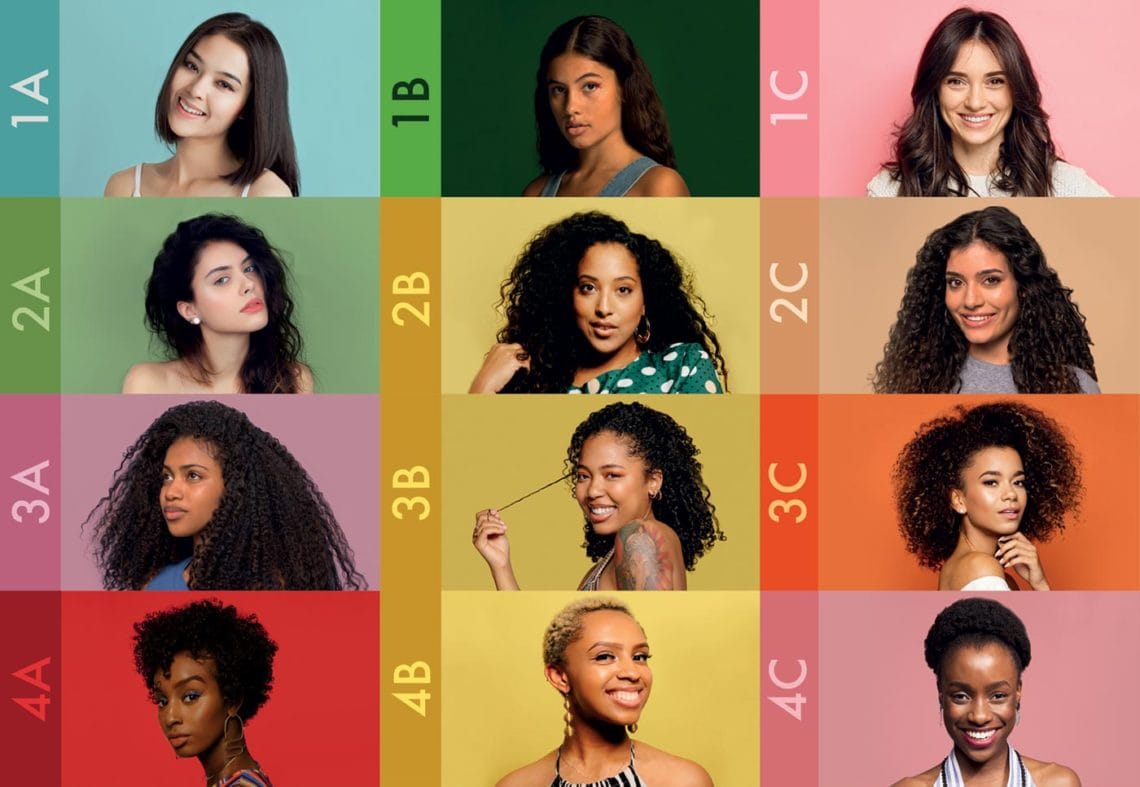
Hair Typing: Useful Or Useless?
How does knowing your hair type affect how you care for your hair?
What is your hair type? This question is one of the most commonly asked questions in many natural hair groups. Yet’ it is usually always the hardest to answer. How much success does knowing your hair type bring you? Does it matter in the grand scheme of caring for your kinks, coils, and waves?
Hair typing has been the basis for significant frustration and pleas for help. We often believe that this piece of information holds the key to our natural hair success, but does it deliver on this promise? If you are still aiming for success in managing your natural hair, you’re in luck! Today we’re taking a closer look at hair typing, its usefulness, and exploring simple ways to manage your natural hair more successfully!
What’s the deal with hair typing
A professional stylist created the standard hair typing system in the 1990s. While its purpose is to provide direction in selecting products for your hair, its impact may be more far-reaching than initially expected. Explicitly designed for his product line, the chart would tell you which of his products to use based on characteristics and descriptions he created. When examined in this context, we can begin to see why the concept of hair typing may cause frustrations.
The limitations
Now, widely accepted, there are some limitations to the hair typing chart’s usefulness when applied globally to natural hair. These include:
- Lack of inclusivity –The limited categories on the hair typing chart can not begin to depict all the curls’ variations currently represented on the straight to tightly coiled spectrum. Your hair, quite possibly, could be missing from the chart.
- Not applicable to other product lines – While some brands have adopted variations of the original chart, in its original form, the hair typing chart will not aide you in selecting products from other brands or understanding when /how to use them.
- Lack of useful information – we should aim to know more about our hair than our curls’ tightness. Though useful in some regards, the hair typing chart lacks to guide you in caring for your hair.
- Doesn’t address a single head of hair’s diversity – no one’s hair is exactly the same throughout their head. Managing your hair based on a single curl type neglects your curls’ variety and specific needs.
What you want to know
To properly care for your hair, and promote and maintain its health, consider the following things:
- Lifestyle – How active are you? What is your daily/weekly routine? What level of consistency do you have towards hair care, and how does your life affect that?
- Climate – Do you live in a damp, humid, or dry climate? How do you routinely wear your hair, and how does the weather affect your styling product selection?
- Unique characteristic – What do you know about your hair beyond curl type? Understanding and identifying your hair’s individual factors aide you in setting realistic expectations for your natural experience.
Not found in a hair typing chart, this information is vital to success on your natural journey. When equipped with the correct knowledge, you become more intentional, select better products, waste less time, and promote and maintain your hair’s health. To learn more about what you need to know for success on your natural journey, visit Bold Kulture Beauty today!





2 Comments
Haven Salon
Never heard of hair typing before…very informative article!!
kristal
Thank you!… I’m glad you enjoyed it.